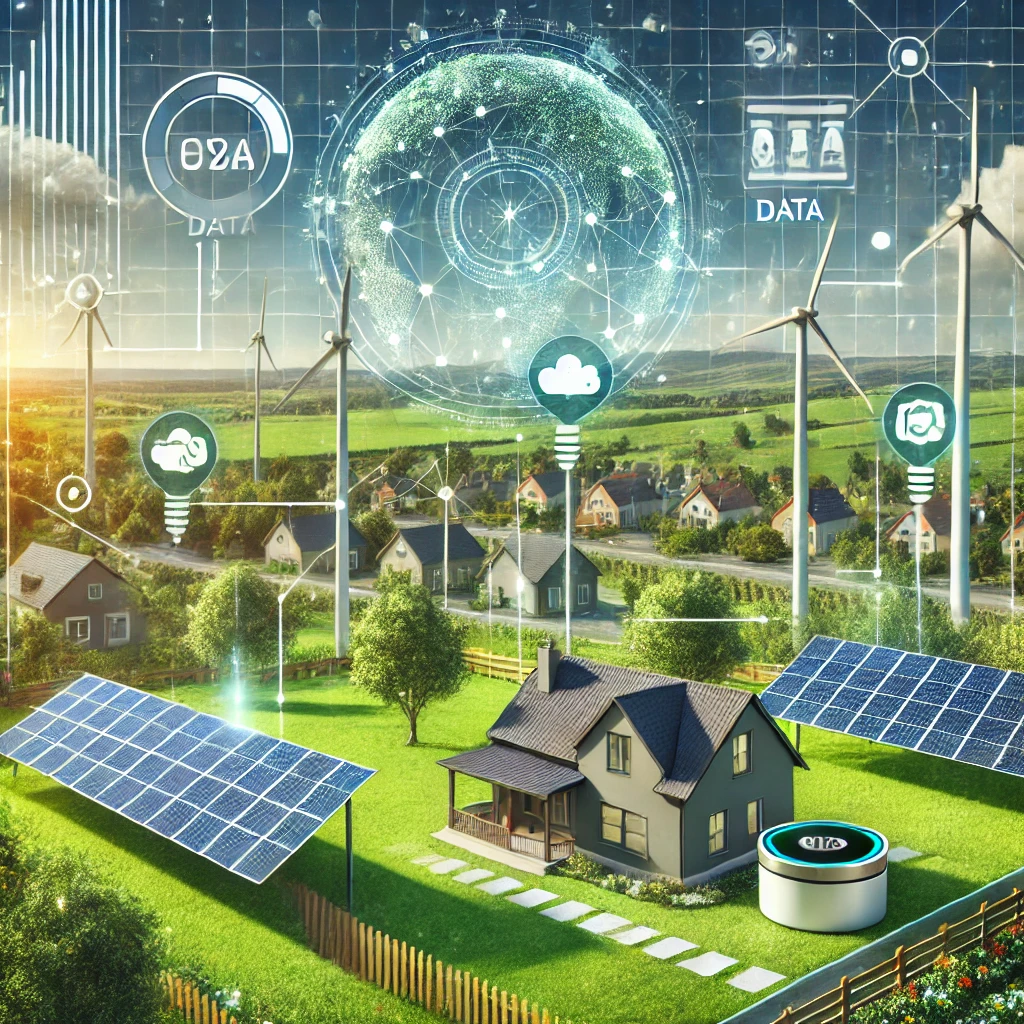Imagine a world where energy is not only clean and abundant but also smarter and more affordable. Sounds like a dream, right? Well, it’s closer to reality than you might think. Renewable energy, combined with data synergy and cost-cutting energy tools, is revolutionizing how we power our lives, businesses, and communities. But what exactly do these terms mean, and how can they work together to create a sustainable future?
In this article, we’ll explore the intersection of these three game-changing concepts, uncover their benefits, and provide actionable tips to harness their potential. Whether you’re a homeowner, a business leader, or just someone curious about the future of energy, this guide is for you.
What is Renewable Energy, Data Synergy, and Cost-Cutting Energy Tools?
Let’s break down the core concepts:
- Renewable Energy: Energy derived from natural, inexhaustible sources like sunlight, wind, water, and geothermal heat. It’s environmentally friendly and reduces dependence on fossil fuels.
- Data Synergy: The process of combining and analyzing data from multiple sources to create actionable insights. In the energy world, this means optimizing energy production, distribution, and consumption through real-time data analytics.
- Cost-Cutting Energy Tools: Technologies and strategies designed to reduce energy expenses. Examples include smart thermostats, energy-efficient appliances, and predictive maintenance systems powered by AI.
How They Work Together: When integrated, these elements create a powerful ecosystem that reduces carbon footprints, saves money, and enhances energy efficiency.
Why Are These Concepts Important?
The importance of renewable energy, data synergy, and cost-cutting tools cannot be overstated. Here’s why:
- Environmental Impact: Reduces greenhouse gas emissions, aiding in the fight against climate change.
- Economic Savings: Lowers energy costs while optimizing resource utilization.
- Energy Independence: Empowers communities to rely on local, renewable energy sources instead of imported fossil fuels.
- Innovation and Growth: Drives technological advancements and creates new industries and jobs.
How Renewable Energy, Data Synergy, and Cost-Cutting Tools Work Together
1. Optimizing Renewable Energy Production with Data Synergy
Renewable energy sources like solar and wind are intermittent. Data synergy helps predict energy demand and supply patterns through:
- Smart Grids: Real-time data adjusts supply and demand to prevent blackouts.
- Predictive Analytics: Forecasts energy production based on weather and consumption trends.
Example: Denmark’s smart grid system uses real-time analytics to ensure efficient energy distribution, reducing energy waste by over 25%.
2. Reducing Costs with Smart Energy Tools
Cost-cutting tools bridge renewable energy and data synergy:
- Smart Thermostats: Learn habits to optimize heating and cooling schedules.
- Energy Monitoring Systems: Track energy usage in real-time to highlight inefficiencies.
- Predictive Maintenance: Avoid costly equipment failures by identifying issues before they escalate.
Example: Google’s AI-powered data centers reduced energy consumption by 40% through machine learning optimization.
3. Real-World Applications
- Tesla Powerwall: A home battery that stores solar energy for peak hour use, reducing reliance on the grid.
- Copenhagen Smart City: Uses data synergy to manage public transportation and energy, achieving a 70% reduction in emissions.
Common Challenges and How to Overcome Them
High Initial Costs
- Solution: Take advantage of government incentives, tax credits, and financing options. For example, the U.S. Federal Solar Tax Credit offers up to 30% reimbursement for solar installations.
Data Privacy Concerns
- Solution: Ensure data collected is anonymized and stored securely. Use transparent privacy policies.
Technological Complexity
- Solution: Partner with experts and choose plug-and-play solutions that simplify integration.
How You Can Implement These Solutions
For Homeowners:
- Install solar panels or wind turbines with financing options.
- Use a smart thermostat like Nest to cut energy bills by up to 15%.
- Monitor energy usage with apps like Sense or EnergyHub.
For Businesses:
- Conduct an energy audit to identify inefficiencies.
- Transition to renewable energy sources like rooftop solar or wind farms.
- Use AI-driven analytics to optimize energy use.
For Communities:
- Advocate for local renewable projects and smart grids.
- Collaborate with governments to secure subsidies for green initiatives.
- Educate residents about the long-term benefits of renewable energy.
Conclusion
Renewable energy, data synergy, and cost-cutting tools are not just buzzwords—they are the building blocks of a sustainable future. By embracing clean energy, leveraging data for smarter decisions, and adopting cost-effective tools, we can create a world that’s greener, more efficient, and more affordable.

